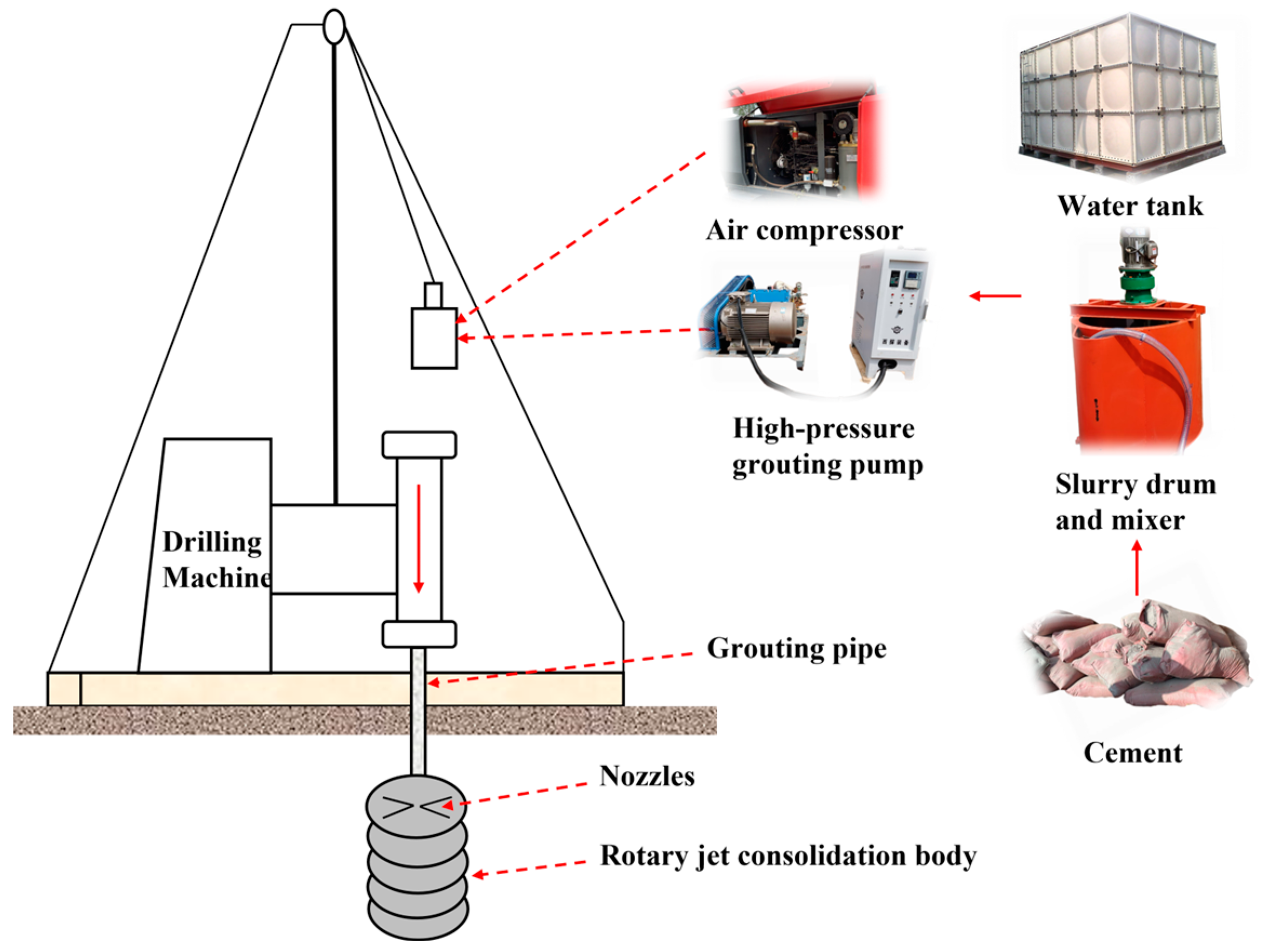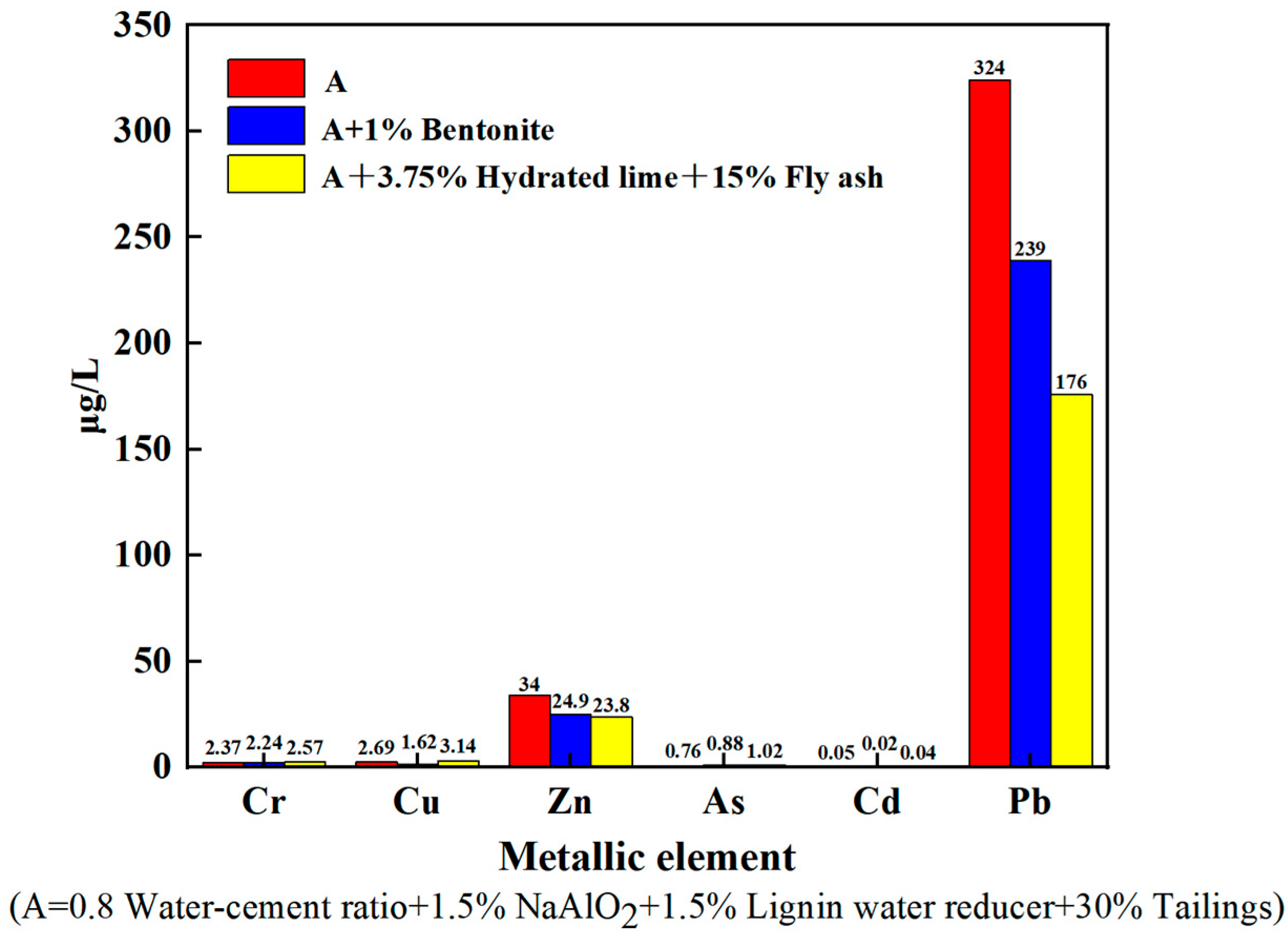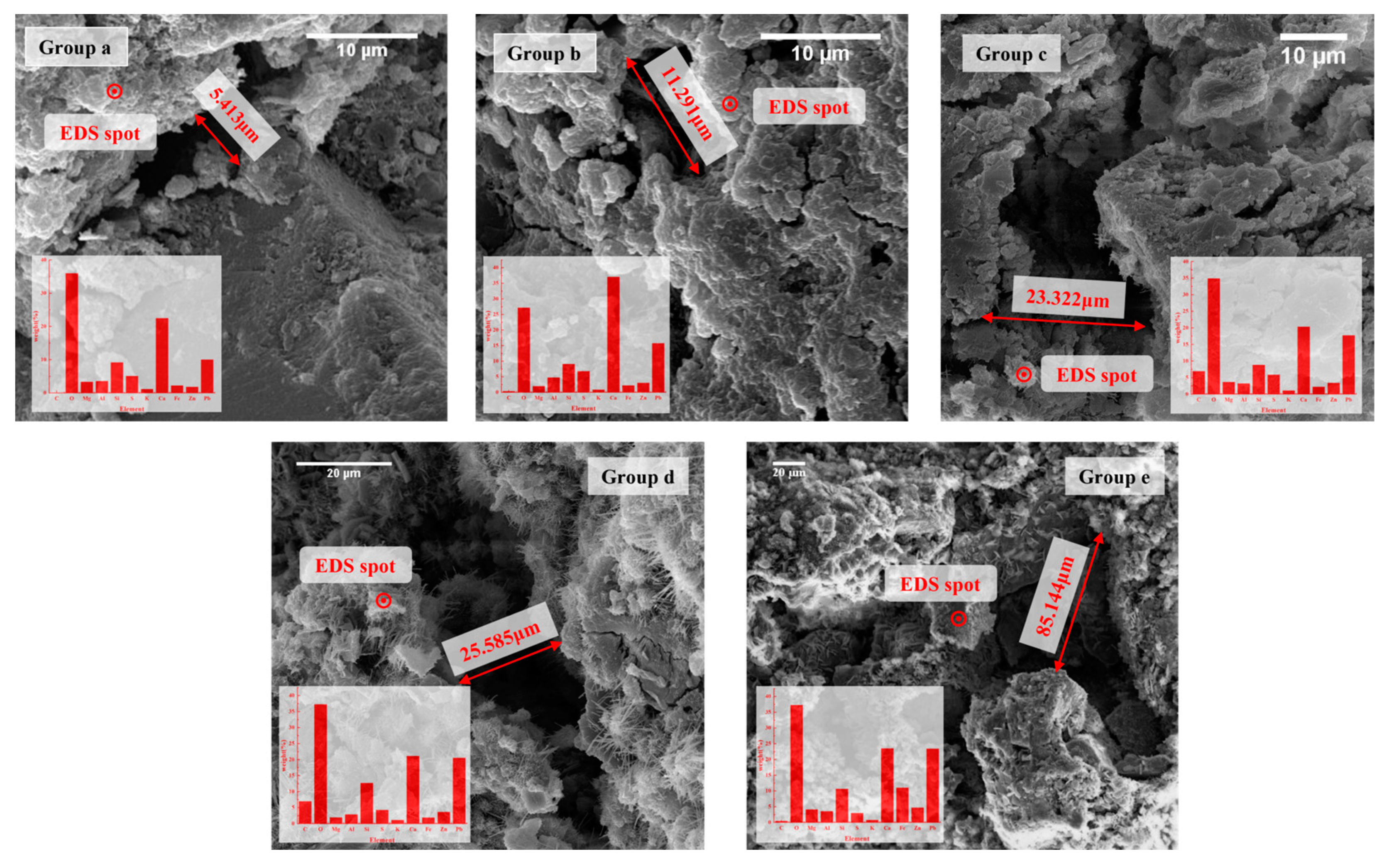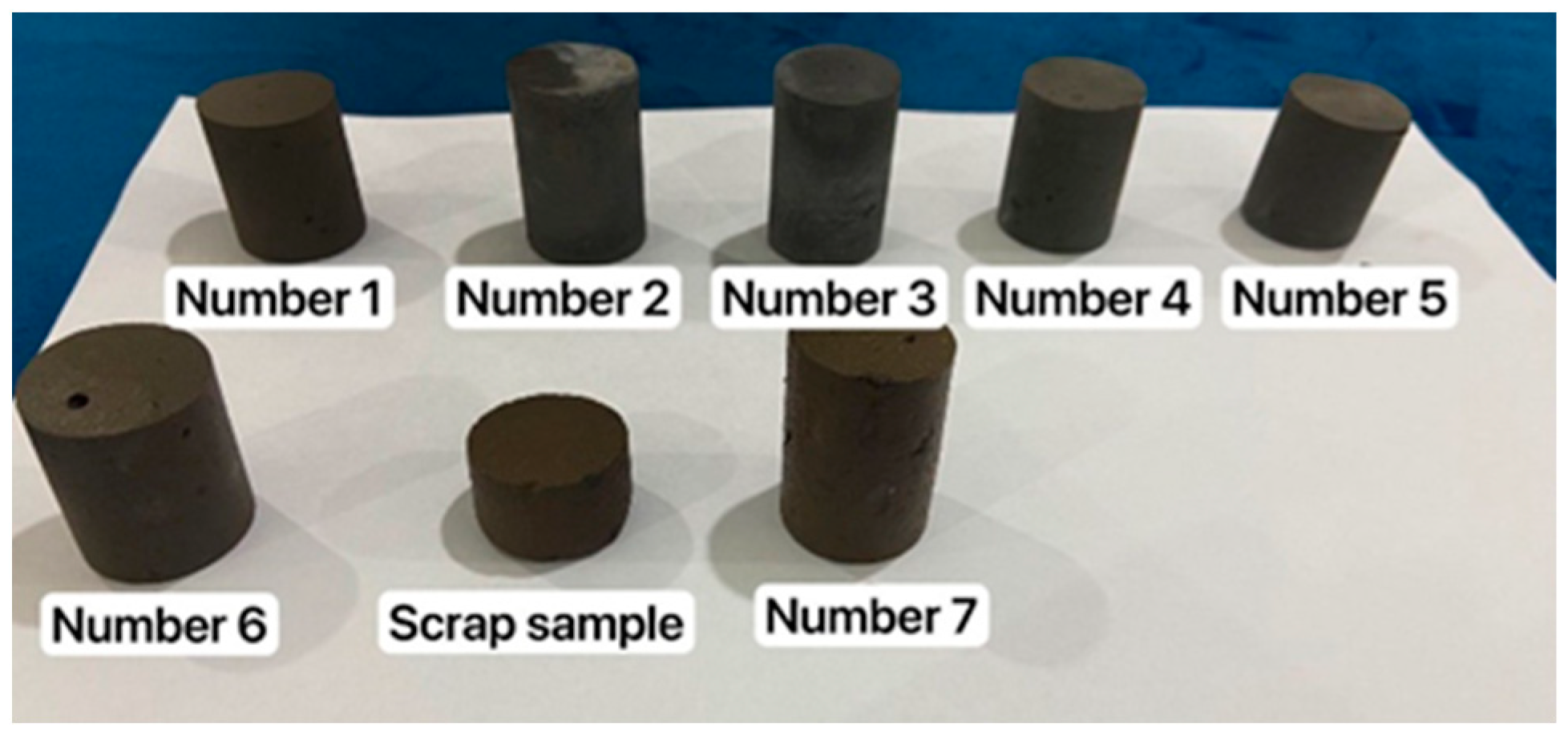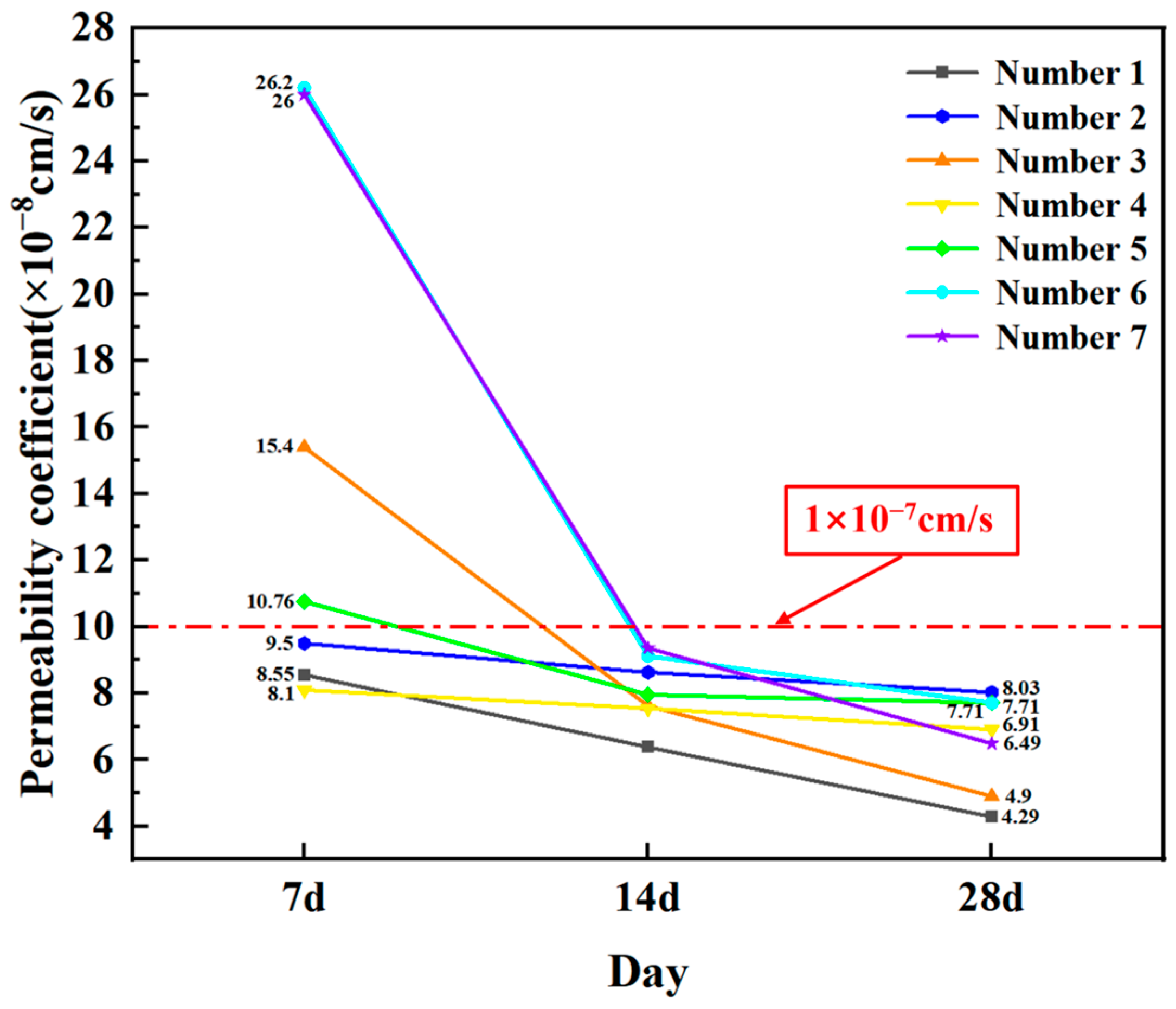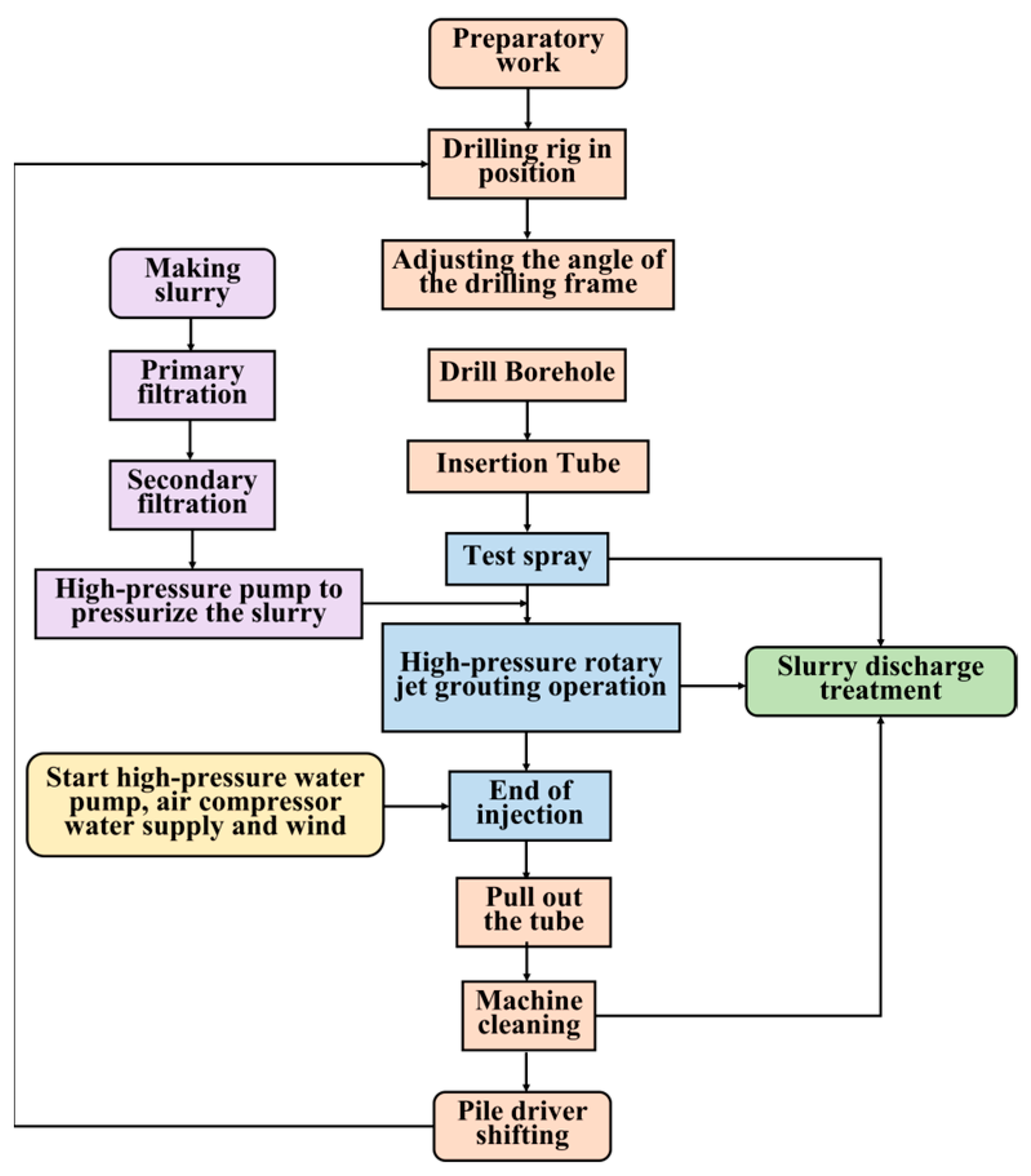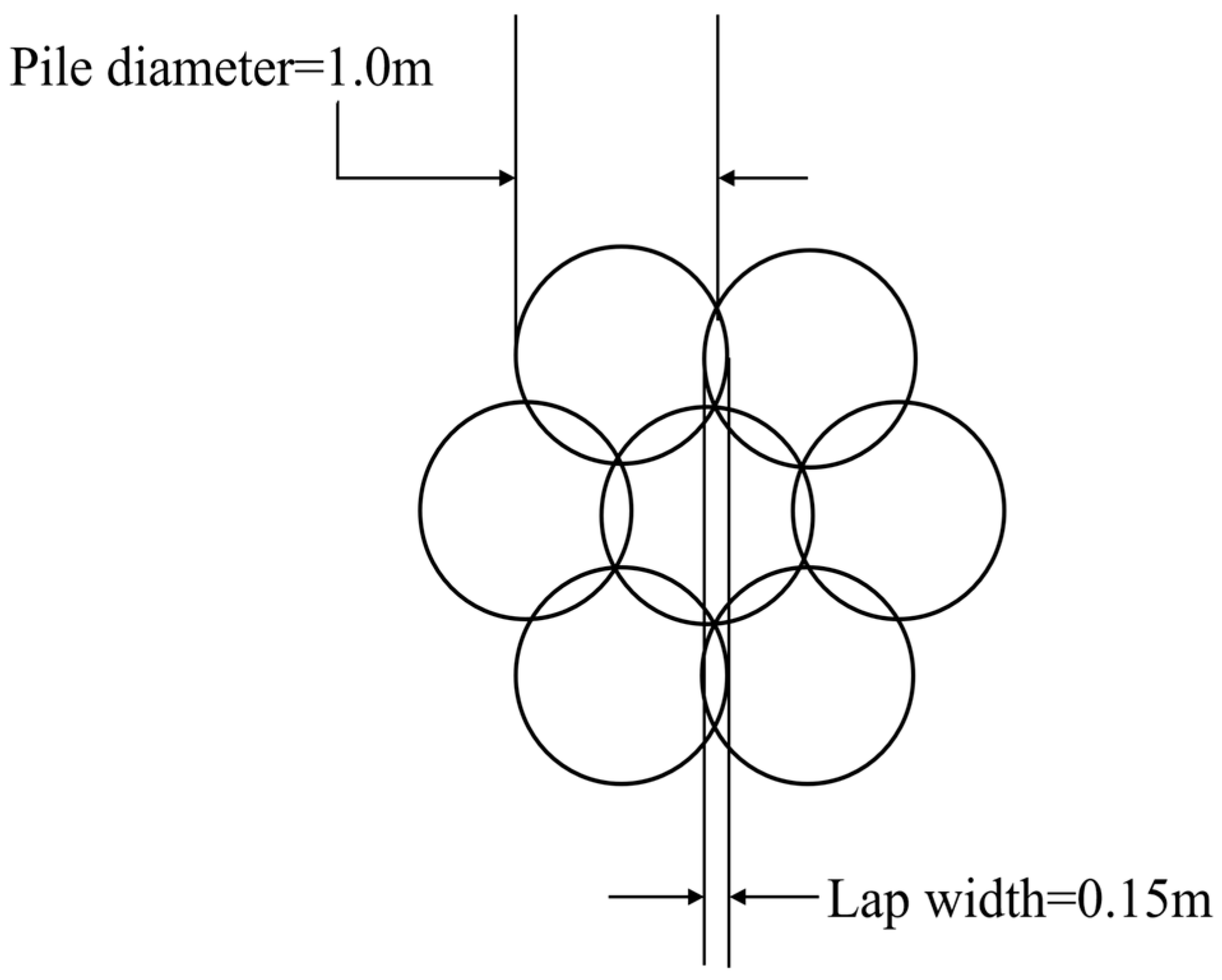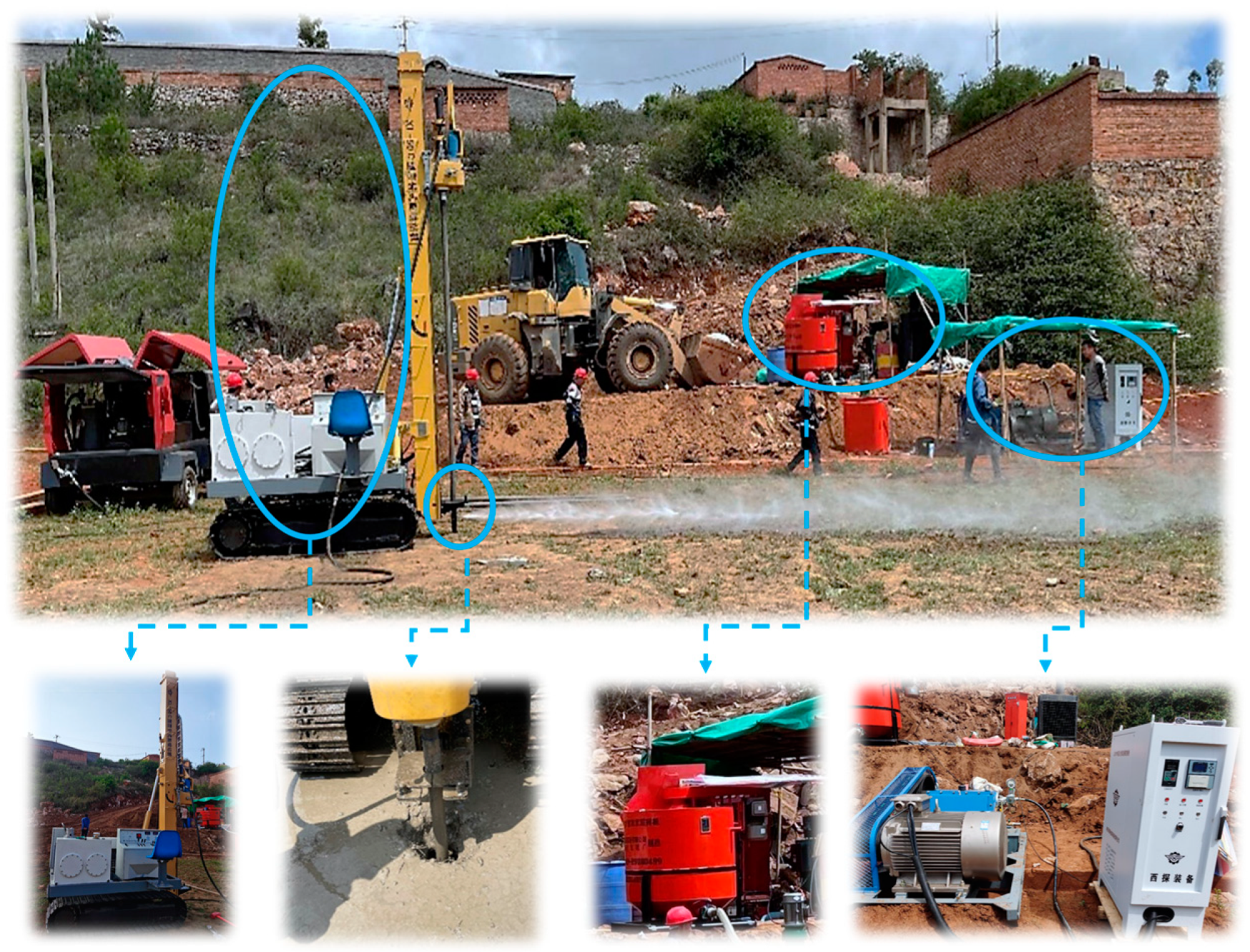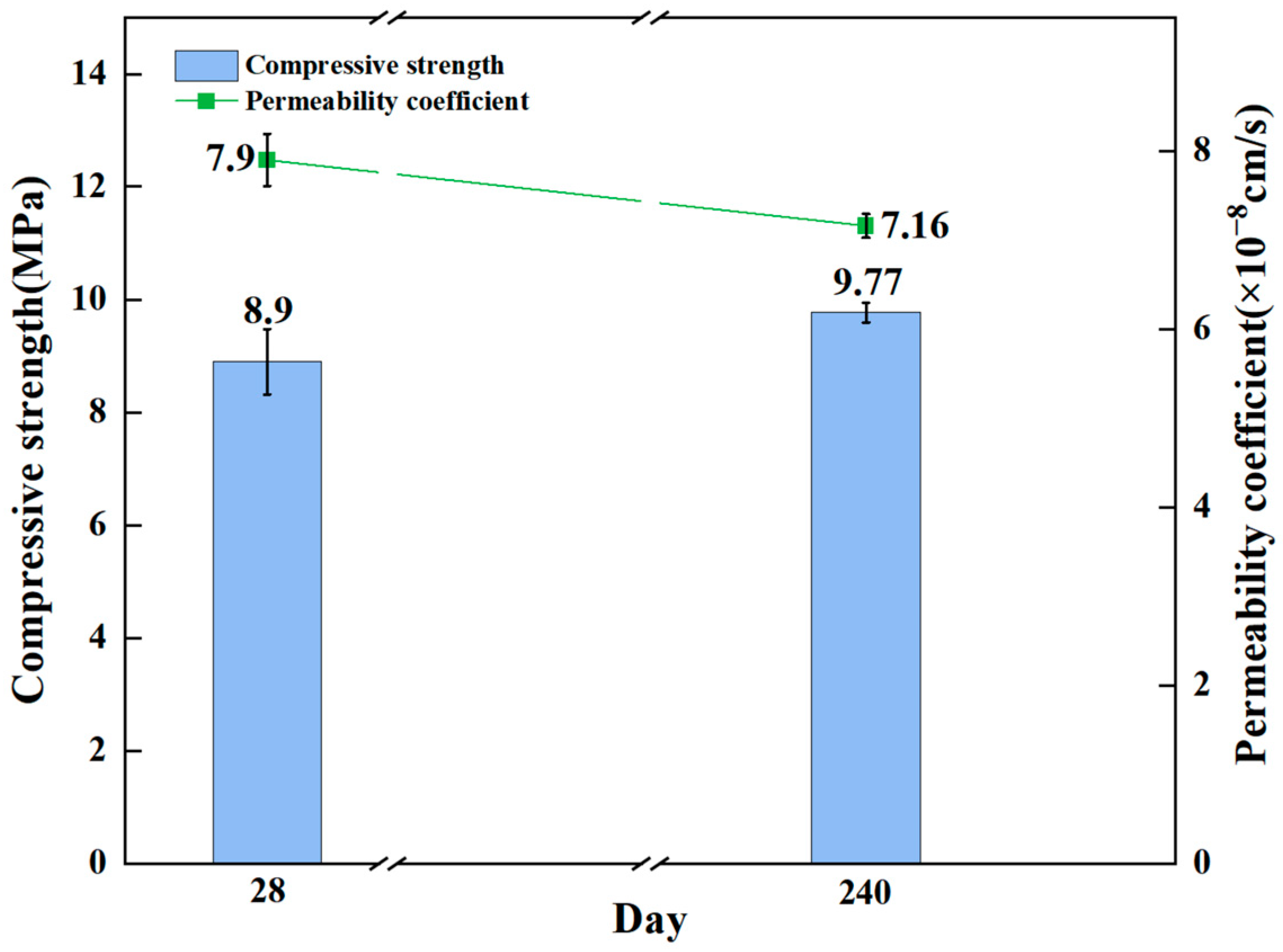1. Introduction
Over 150 types of minerals have been discovered in Southwest China, but some non-ferrous metal mineral resources are abundant now. Yunnan Province is known as China’s “non-ferrous-metal kingdom” because of its rich non-ferrous-metal resources, of which tin, lead, and zinc reserves rank among the top three in China [
1]. Guizhou Province is one of the world’s important mercury (Hg)-production centers. To date, at least 12 large and super-large Hg mines (e.g., Wanshan, Wuchuan, Lanmuchang, and Danzhai) have been discovered in Guizhou Province [
2]. According to the 12th Five-Year Plan for the Comprehensive Prevention and Control of Heavy Metal Pollution issued by the Ministry of Environmental Protection of the People’s Republic of China, there are 31 key prevention and control areas in Southwest China of the 138 nationals, including 11 in Yunnan. The tailing ponds in these metal mines pose a great potential threat to the surrounding fragile ecological environment due to the karst landscapes in Southwest China. In 2011, after tailing slag pollution occurred in a tailing pond in Songpan County, Sichuan Province, it caused groundwater pollution in Mianyang City, which was located 300 km away from the accident site [
3]. Therefore, concerning the potential threat posed by the tailing ponds located in the metal mines in Southwest China, the studies of pollution source control, remediation technology, and equipment used for common minerals in these tailing ponds have become urgent. With the gradual increase in the nation’s awareness of environmental protection factors, China Nonferrous Metals Industry Association (CNIA) promulgated the “Non-Ferrous-Metal Industry Solid Waste Pollution Control Standard” (SB 5085-85) in 1985. It helped to supervise and prevent the pollution sources of tailing ponds pollute surrounding soil and groundwater sources by seepage. After the release of numerous environmental protection regulations and standards, the tailing-pond seepage control engineering technology has entered a benign development stage in China. The environmental protection standard of tailing ponds had shifted from the primary stage of “permeability coefficient
K is not greater than 1.0 × 10
−5 cm/s” to “
K is not greater than 1.0 × 10
−7 cm/s”. The tailing leakages, acid mine drainage, and other environmental problems have posed a threat to human life. Therefore, further scientific, effective, and economical prevention and control measures need to be proposed. These measures also can be coupled with rigorous technical testing to ensure that tailing ponds cannot be leaked.
High-pressure rotary jet grouting is a useful and effective method that is widely used in the field of geotechnical engineering [
4]. The piles by this method can reduce settlement outcomes and increase the bearing capacity of existing and new foundations, support open and underground excavations, and create water cut-offs for dams [
5].
The main principle of this method is to attach a nozzle to the drill pipe, and the cement slurry is sprayed with high pressure to the soil. The soil can be cut and mixed with cement slurry by rotating and lifting the drill pipe, and finally, a solid and impermeable consolidation body will be formed through physical and chemical means [
6]. According to the number of injected fluids, the three types of jet-grouting methods and their application fields are shown in
Table 1.
The construction technology, equipment, and grouting materials of high-pressure rotary jet technology are also rapidly developing according to the requirements of engineering, environmental quality, and protection. Some high-pressure rotary jet grouting drilling rigs are equipped with monitoring system modules, a pressure control system, and a spoil discharge system. During the jet grouting process, the construction parameters, such as water pressure, grouting rate, and retracting velocity, can be automatically detected, recorded, and controlled [
4,
11]. Cement-based grouting materials are widely used in complex and diverse engineering fields for their advantages of a low price, non-toxic, high-flow dynamic, and high-strength capacity [
16,
17,
18]. Setting time is a key consideration regarding cement-based grouting materials, which seriously affects the overall grouting effect [
19,
20]. Therefore, in relation to all these problems, the performance of slurry with all aspect requirements needs further research.
As previously mentioned, the Shenxiandong tailing pond was closed in 2015, and no protective measures were taken to secure the top section of the tailing pond in Jianshui County, Yunnan Province, Southwest China. According to a site survey, the sealed field barrier area was approximately 9000 m
2. For some heavy metal tailing leakage areas affecting the surrounding soil and groundwater, including other environmental problems, it is an urgent requirement to adopt good anti-seepage and plugging measures. The simple construction process, brief construction period, small investment, great practicability, and it does not cause environmental pollution are the advantages of the double-pipe method (
Figure 1). So, it was used in the Shenxiandong tailing pond to solve the leakage problem of a tailing pond at present.
The high-pressure rotary jet grouting slurry is mixed with foundation soil and tailing sand to form the high-pressure rotary jet composite pile. It not only can take advantage of the strength of the natural foundation soil, but also have the function of strengthening the foundation, waterproof, and anti-seepage qualities. The high-pressure rotary jet slurry can also passivate the heavy metal elements present in the tailing, effectively decrease, or eliminate the concentration of pollutants present, and reduce the risk of pollutants to human health and the external environment.
Based on the environmental geological survey conducted on the Shenxiandong lead–zinc tailing pond in Jianshui County, Yunnan Province, the general state of the tailing pond project and surrounding soil pollution and analysis of the basic performance of tailing were investigated. This paper assessed the high-pressure rotary jet equipment, technology, and slurry systems used in the seepage treatment of the heavy metal tailing reservoir. To create slurry systems suitable for high-pressure rotary injecting technology in the deep tailing sand in the Shenxiandong tailing pond located in Southwest China, experimental tests on the fluidity, initial and final setting times, compressive strength, and permeability coefficient, together with XRD, SEM, and ICP-MS analyses, were conducted. Three types of slurry systems were proposed: a simple P.O 42.5 cement slurry system, a simple specially developed cementitious material slurry system, and a complex P.O 42.5 cement slurry system containing a water-reducing agent and solidification/stabilization agents. The high-pressure rotary jet technology for the seepage treatment of heavy metal tailing ponds was introduced. The field trial of the high-pressure rotary jet method was conducted at the Shenxiandong tailing pond, in the Jianshui County of Yunan Province, in Southwest China.
5. Conclusions
(1) Either “simple” P.O 42.5 cement or “simple” specially developed cementitious material slurry; the permeability coefficient of the solidification body after 28 days of curing was less than 1 × 10−7 cm/s. For the complex P.O 42.5 cement slurry system, after 28 days of curing, the solidification body’s permeability coefficient was 3.56 × 10−8 cm/s and the compressive strength was 11.45 MPa.
(2) The preferred high-pressure rotary jet slurry system in the laboratory for deep tailing in the Shenxiandong tailing pond is 0.8 water–cement ratio + 1.5% NaAlO2 + 1.5% lignin water reducer + 1% bentonite + 3.75% hydrated lime + 15% fly ash + 33.3% tailing. This formulation system containing bentonite, slaked lime, and fly ash can passivate the heavy metal elements present in the tailing sand. This was because the 2:1 crystal layer structure of bentonite creates a surface with Gibbs free energy, surface activity, and negative surface charge, which can adsorb heavy metal ions; hydrated lime can improve the pH level in soil and form hydroxide precipitates, and the irregular particles composing fly ash have a common, porous surface, which also has an adsorption effect on heavy metal.
(3) Field trial of an XL-50C high-pressure rotary jet grouting rig was conducted in the deep seepage treatment of the Shenxiandong lead–zinc tailing pond. The performance of high-pressure rotary jet grout prepared on-site was tested; after 28 days of curing, the compressive strength was 7.45 MPa and the permeability coefficient was 6.271 × 10−8 cm/s, which meets the deep seepage treatment requirements of the tailing pond, i.e., the compressive strength was greater than 1 MPa and the permeability coefficient was less than 1 × 10−7 cm/s.
(4) Both experimental tests and field test results show that high-pressure rotary jet technology can be effectively applied to a tailing pond base impermeable. The solidification body is formed by a good pollution barrier effect, which can prevent heavy metals from spreading to adjacent soil and groundwater through karst cavities. This study provides a significant reference to the solidification and stabilization of deep contaminated sites. It has great potential that combines the high-pressure rotary jet technology with other technologies such as horizontal directional drilling in the future.
